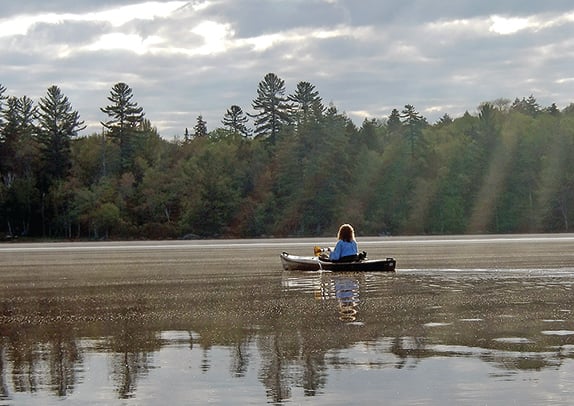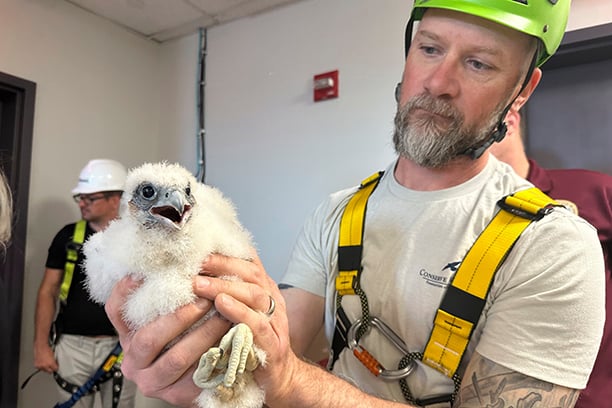Minnesota DNR announces new Scientific and Natural Area in Cook County – Outdoor News

St. Paul — The Minnesota DNR, with help from the Great Lakes Restoration Initiative and Reinvest in Minnesota, recently acquired and designated 25 acres in Cook County as the new Icelandite Coastal Fen Scientific and Natural Area. This new SNA has old and rare geologic and wetland features that provide a unique experience for visitors.
State scientific and natural areas are lands open to the public, but with a purpose distinct from other DNR-managed public lands that guides allowable public uses.
SNAs protect the best of Minnesota’s remaining rare species, native prairies, old-growth forests, geologic features, and other exceptional aspects of the state’s natural heritage. Recreational activities consistent with protection of natural conditions are allowed. SNAs are ideal for activities such as photography, nature observation, education, and scientific research.
A dedication of the new Icelandite Coastal Fen SNA, with guest speakers and a guided walk through the site, will start at 1 p.m. Saturday, Sept. 7.
MORE COVERAGE FROM OUTDOOR NEWS:
Minnesota DNR bans lead ammo on 56 state scientific and natural areas where hunting is allowed
Minnesota DNR plans for a walleye limit of two on Mille Lacs beginning Aug. 16
Officials say a big ‘flush’ of southeast Minnesota streams has been good for fish habitat
Located 11 miles northeast of Grand Marais, the new Icelandite Coastal Fen SNA has one of only two known fens on coastal wetlands on Lake Superior’s north shore.
A fen is a grassy or shrubby wetland fed by slow-moving groundwater with a buildup of peat. Because of the extreme rarity of this wetland type along Lake Superior and this fen’s outstanding quality, the site was deemed a high priority for protection.
The geology of this site is also unusual. Dr. John Green, professor emeritus in geology at the University of Minnesota Duluth, said the bedrock at this site is a volcanic lava rock called icelandite. The rock is a lighter gray than the dark basalt that is more abundant on the North Shore. While both types formed about 1.1 billion years ago, icelandite is relatively rare, especially in the Midwest.
For more information about the new SNA, including a map and directions, visit the DNR’s website or email [email protected]
Source: https://www.outdoornews.com/2024/07/31/minnesota-dnr-announces-new-sna-in-cook-county/






